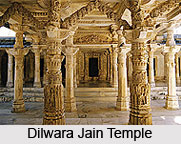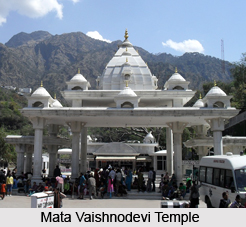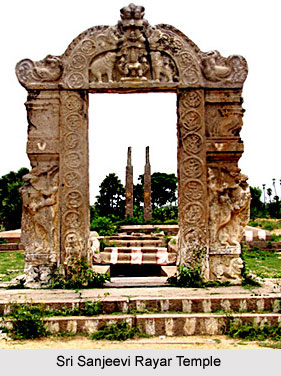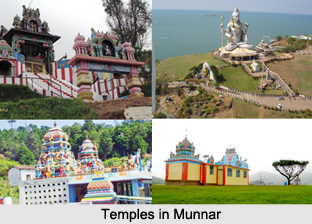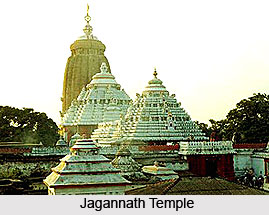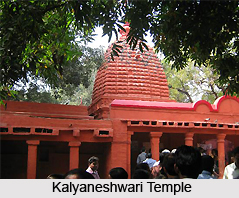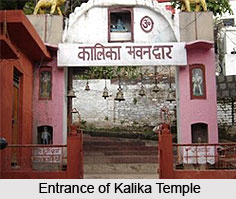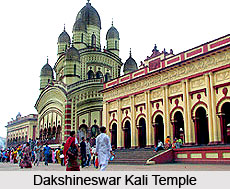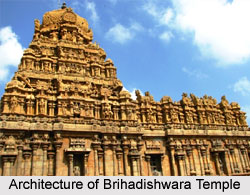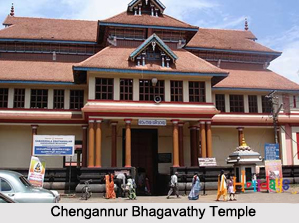 Chengannur Bhagawati Temple is located in the heart of the beautiful town Chengannur. Bhagawathi temple is on the Ernakulam-Kottayam-Kollam railway line. The shrine in Chengannur Bhagawati temple is dedicated to both Parvati (facing west) and Parameswara (facing east) though it is better known for the Goddess. Chengannur Bhagwati Temple also has a number of legends associated with it.
Chengannur Bhagawati Temple is located in the heart of the beautiful town Chengannur. Bhagawathi temple is on the Ernakulam-Kottayam-Kollam railway line. The shrine in Chengannur Bhagawati temple is dedicated to both Parvati (facing west) and Parameswara (facing east) though it is better known for the Goddess. Chengannur Bhagwati Temple also has a number of legends associated with it.
Architecture of the Chengannur Bhagawati Temple
The temple sprawling on a six-acre area is a massive one by Kerala standards, comparable to big temples of Taliparamba, Vaikom, Trichur etc. The three-tiered eastern gopuram leaves one spellbound.
As one enters the temple through this gateway there is first the anakottil (literally shed for elephants) which is a modern structure. Beyond this is the unfinished kuttambalam. In front of this is the gold-covered flagstaff. Beyond the big mukhamandapam lies the srikoil.
Sculpture of the Chengannur Bhagawati Temple
The image of Lord Shiva is fully visible only if one stands between the sanctum and the mandapam. The srikoil is circular in shape like Vaikom and Ettumanur but much, bigger in shape. The roof covered with copper plates is enormous, sloping steeply downwards.
The Bhagawati, as already mentioned, is also housed in the same srikoil but facing west. There is a passage inside connecting both the deities. The mandapam in front of her shrine is comparatively small. So also other structures like anakottil and gopuram.
The outer wall of the srikoil and the pillars and ceiling in the eastern mandapam has fine wood carvings depicting scenes from the Puranas. They speak of the artistic skill of the carpenters of those times, for which Chengannur and nearby Thiruvalla were famous. It is on record that Marthanda Varma who built the famed Sri Padmanabhaswami temple at Trivananthapuram took these artisans for wood work.
Deity of the Chengannur Bhagawati Temple
The Bhagwati Devi has two hands with Varada Mudra (grant of desires) and Abhaya Mudra (freedom from fear) postures. She is satodari (of slender waist), komalangi (delicate-limbed) and adorned with every ornament. With a profusion of brass lamps in front, the image glitters in rod and gold splendour. Gazing at her, whose eyes ire full of compassion, one indeed experiences exuberant bliss.
There are upadevatas too in the temple Lord Ganesha to the right of Lord Shiva and Chandeesan, one of Shiva`s servants to the north-west. Outside the west gopuram there is a Krishna temple with Ganga and Jatadhari as upadevatas.
The uttupura or feeding shed is on the northern side of the courtyard. Outside the temple wall on the north is the vast temple tank called Saktikunda tirtham. Now it is full of weeds and in an utter state of disrepair.
There are giant peepal trees on all sides of the courtyard which enhances the natural beauty of the place. The tree on the right side of the west nada is especially significant. Those possessed and suffering from evil spirit get rid of their ailments here, by driving a nail into the trunk of the tree as at Chottanikara.
There are giant peepal trees on all sides of the courtyard which enhance the natural beauty of the place. The tree on the right side of the west nada is especially significant. Those possessed and suffering from evil spirit get rid of their ailments here, by driving a nail into the trunk of the tree as at Chottanikara.
The image of Siva which is self-born is not chiselled into any shape. The deity is said to represent the forlorn deva after his separation from his consort, Sati, after she cast off her body. It is, however, adorned with a gold over with the image of an attractive Ardhanariswara- half-man and half-woman - of about 3 feet height.
The idol of Bhagawati was originally in stone. Since this was damaged in a fire it was replaced by one made of panchaloha. According to legend the vigraha was found in the river by fishermen.
It is a beautiful image of about 21 feet height with pleasing aspects. With eyes resembling the petals of a lotus and a gentle smile playing on the lips the face resembles the full moon`s orb, beautiful like the splendour of gold.












